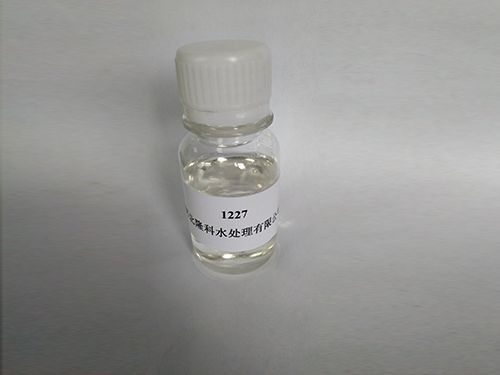HEDP Price Trends and Implications for the Chemical Industry
Understanding HEDP Price Dynamics
HEDP, or Hydroxyethylidene Diphosphonic Acid, has become an essential compound in various industries, particularly in water treatment, detergent formulation, and metal cleaning. As a highly effective scale and corrosion inhibitor, the price of HEDP plays a significant role in influencing the overall costs within these sectors. This article aims to delve into the factors that affect HEDP pricing, current market trends, and the implications for industry stakeholders.
Factors Influencing HEDP Prices
1. Raw Material Costs The production of HEDP involves several raw materials, including phosphorus, which is susceptible to price fluctuations. Changes in the availability and cost of these components can significantly impact the final price of HEDP. For instance, geopolitical factors, natural disasters, or supply chain disruptions can lead to increased costs, prompting manufacturers to adjust their pricing strategies accordingly.
2. Market Demand The demand for HEDP is closely tied to its applications. Industries focusing on water treatment, such as oil and gas, power generation, and food and beverage, are the primary consumers of HEDP. A surge in demand from these sectors—due to expansion or increased regulation regarding water quality—can lead to heightened prices. Conversely, economic downturns or reduced activity in these industries can result in lower demand and decreased prices.
3. Regulatory Changes Environmental regulations also play a crucial role in shaping the HEDP market. As countries tighten their regulations on water discharge and emissions, there is often an increase in the use of chemicals like HEDP that help mitigate environmental impacts. However, stricter compliance requirements may also lead to increased production costs, which can influence pricing.
4. Technological Advancements Innovations in production technology can affect HEDP prices. More efficient synthesis methods can reduce production costs, potentially leading to lower market prices. Alternatively, the introduction of alternative chemicals or substitutes that provide similar benefits to HEDP can also influence its market price by providing buyers with options.
5. Global Market Trends The globalization of the chemical market means that HEDP prices are also influenced by international trade dynamics. Tariffs, trade agreements, and shipping costs can all affect the price of HEDP. For example, increases in shipping costs due to rising fuel prices can lead to higher final prices for consumers in various regions.
hedp price

Current Market Trends
As of late 2023, the price trajectory of HEDP has shown both stability and volatility. Recent reports highlight a gradual increase in prices due to ongoing supply chain challenges exacerbated by global events. Moreover, emerging markets, particularly in Asia, show heightened demand as industrial activities ramp up post-pandemic, further influencing price dynamics.
Additionally, the trend towards sustainability is urging industries to seek safer and more environmentally-friendly alternatives. While this may pose risks to the HEDP market, it also presents opportunities for innovation, potentially leading to the development of new formulations that could either replace or enhance existing HEDP applications.
Implications for Stakeholders
For manufacturers, the fluctuating prices of HEDP necessitate agile strategies to mitigate cost impacts while maintaining profitability. Companies might consider long-term contracts with suppliers to lock in prices or engage in strategic sourcing to minimize raw material costs.
End-users, on the other hand, must stay informed about market trends and be prepared for potential price increases. Understanding the underlying factors driving these changes can help them make informed decisions regarding procurement and budget planning.
Conclusion
The HEDP market is characterized by a complex interplay of factors that collectively influence its price. Stakeholders must remain vigilant and adaptive to navigate the dynamics of this vital chemical effectively. By staying informed about market conditions and potential developments, companies can better position themselves for success in an ever-evolving landscape.
-
Understanding Polycarboxylic Acids: Properties, Applications, and Future PotentialNewsJul.28,2025
-
Scale Inhibitor Explained: How to Protect Your System from Limescale and Hard Water DamageNewsJul.28,2025
-
Scale and Corrosion Inhibitors: Essential Chemicals for Industrial Water System ProtectionNewsJul.28,2025
-
Polyaspartic Acid: A Biodegradable Polymer for Sustainable ChemistryNewsJul.28,2025
-
Isothiazolinones: A Versatile Antimicrobial Class with Industrial Power and Regulatory ChallengesNewsJul.28,2025
-
A Deep Dive into 2-Phosphonobutane-1,2,4-Tricarboxylic Acid (PBTC)NewsJul.28,2025





